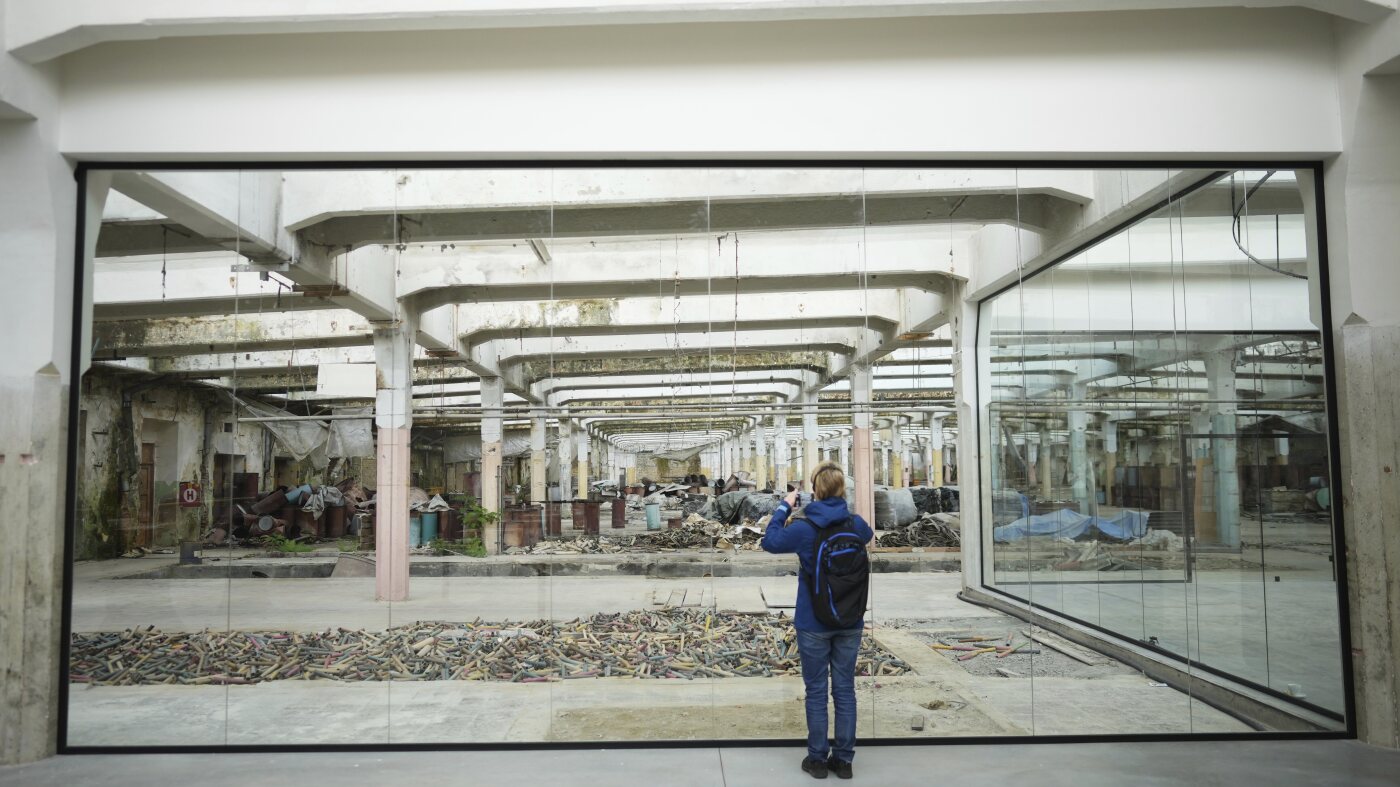The Revival of a Historic Site
Nestled in the quiet town of Brněnec, Czech Republic, a profound transformation is underway, breathing new life into a site that bears witness to one of World War II’s most remarkable stories. The once-dilapidated industrial site, where Oskar Schindler saved 1,200 Jews during the Holocaust, has been meticulously restored and reopened as a museum. This revival is more than just a physical restoration; it is a resurrection of a narrative that encapsulates resilience, courage, and the intricate complexities of human nature.
A Town Echoing History
Brněnec, a town with a population of just over 2,000, is an unassuming locale that belies its significant historical importance. The town’s transformation into a site of remembrance is a testament to the power of preserving history and the impact it can have on future generations. The museum’s opening marks a significant milestone in the ongoing effort to honor the survivors of the Holocaust and to ensure that their stories are never forgotten.
The Historical Context
To understand the significance of the Museum of Survivors, one must delve into the historical context that shaped it. The site in question is a former textile factory, seized by the Nazis from its Jewish owners in 1938. The factory was later converted into a concentration camp, a grim testament to the atrocities committed during the Holocaust. It was here that Oskar Schindler, a member of the Nazi Party and German military intelligence, orchestrated one of the most extraordinary acts of defiance and humanity during the Holocaust.
Oskar Schindler: A Complex Legacy
Oskar Schindler’s actions during the Holocaust are a study in contrasts. On one hand, he is celebrated for saving the lives of 1,200 Jews by moving them from his enamelling plant in Poland to the factory in Brněnec. On the other hand, his membership in the Nazi Party and his intelligence work with the German military add layers of complexity to his legacy. This duality is a central theme of the museum, which aims to present a balanced view of Schindler’s actions and their impact on the lives of those he saved.
The Transformation
The transformation of the dilapidated factory into the Museum of Survivors was a labor of love and a testament to the power of remembrance. The museum opened its doors to the public on May 10, 2025, coinciding with the 80th anniversary of the end of World War II. The opening was a poignant tribute to the survivors and a stark reminder of the atrocities committed during the Holocaust. The museum serves as an educational hub, offering visitors a glimpse into the past while fostering a deeper understanding of the present.
The Significance of the Museum
The Museum of Survivors stands as a symbol of hope and resilience, a beacon of light in a dark chapter of human history. It honors the survivors and serves as a reminder of the dangers of hatred and intolerance. The museum encourages visitors to reflect on the past and consider the lessons it holds for the future. It is a living testament to the power of remembrance and the importance of preserving history.
The Educational Impact
One of the most significant aspects of the Museum of Survivors is its educational impact. The museum offers a range of programs and exhibits designed to engage visitors of all ages. These programs include guided tours, interactive exhibits, and educational workshops that delve into the history of the Holocaust and its relevance to contemporary issues. The museum’s educational initiatives are crucial in ensuring that the lessons of the past are not forgotten and that future generations are equipped to confront the challenges of the present.
The Controversy Surrounding Schindler
The museum does not shy away from the controversy surrounding Oskar Schindler. Instead, it embraces it as an opportunity to foster a deeper understanding of the complexities of human nature. The museum presents a balanced view of Schindler’s actions, acknowledging his heroic deeds while also addressing the complexities of his membership in the Nazi Party and his intelligence work. This approach allows visitors to engage with the story in a more nuanced and thoughtful manner.
The Future of the Museum
The future of the Museum of Survivors lies in its ability to continue to educate and inspire future generations. The museum’s ongoing initiatives include expanding its educational programs, collaborating with other historical sites, and leveraging technology to reach a global audience. The museum’s future is bright, and its impact on the community and the world at large is immeasurable.
A Beacon of Remembrance
The Museum of Survivors in Brněnec, Czech Republic, is more than just a historical site; it is a living testament to the power of remembrance and the importance of preserving history. The museum’s opening is a significant milestone in the ongoing effort to honor the survivors of the Holocaust and to ensure that their stories are never forgotten. It serves as a reminder of the dangers of hatred and intolerance and encourages visitors to reflect on the past and consider the lessons it holds for the future. The Museum of Survivors stands as a beacon of hope, a symbol of resilience, and a testament to the enduring power of memory.

